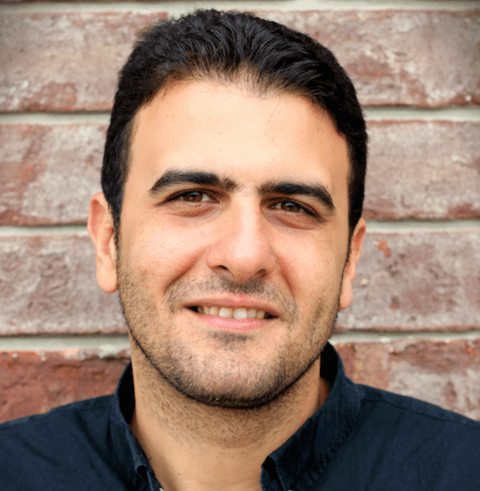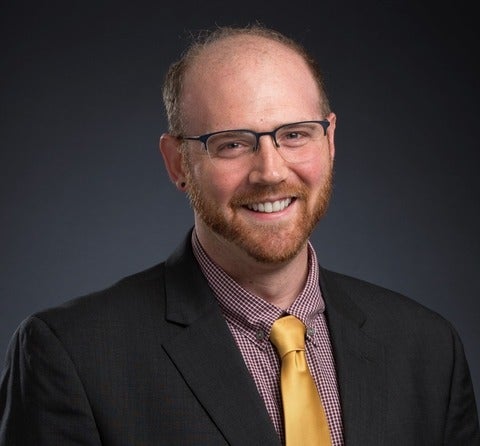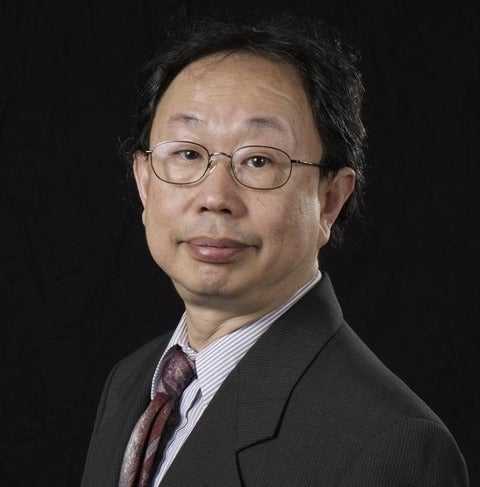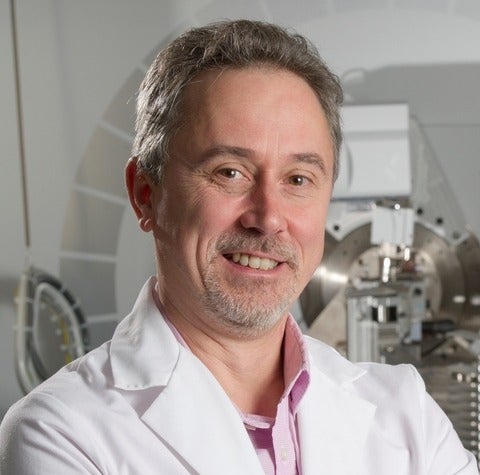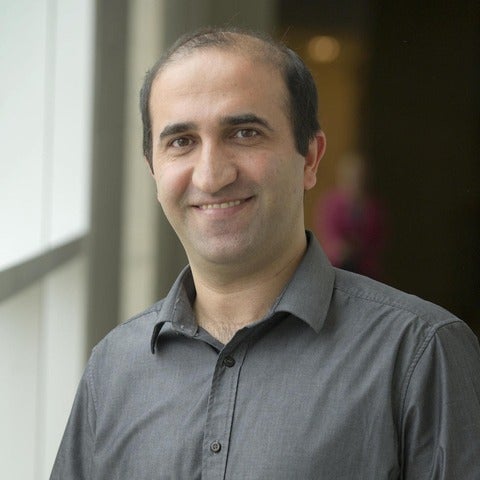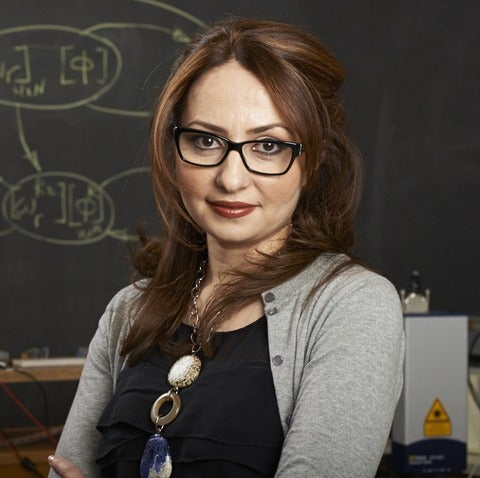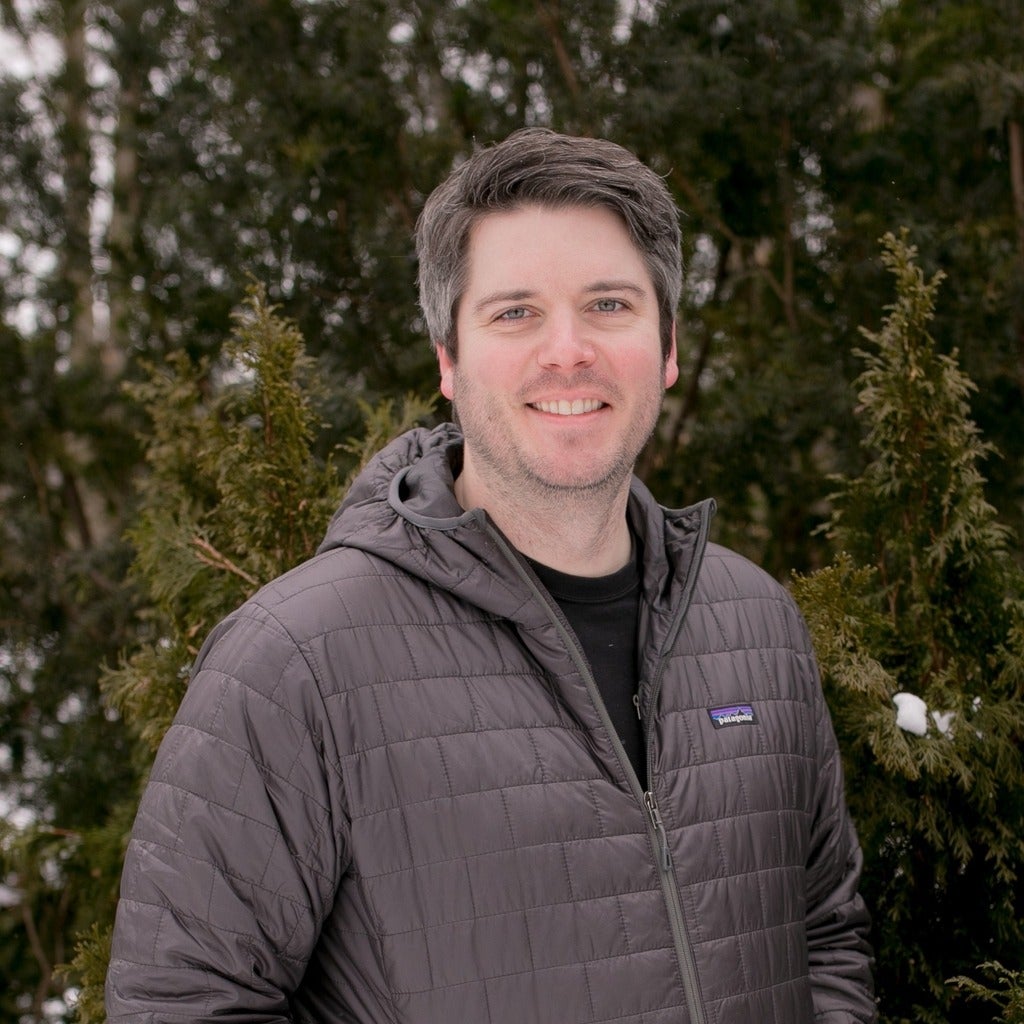Climate science, modelling and observation
Maxime's work is focused on the development of a framework for advanced manufacturing of porous microstructures for electrochemical devices, including water electrolyzers and flow batteries, to increase the implementation of these technologies in the energy industry.
Zhao Pan is an Assistant Professor in the Department of Mechanical and Mechatronics Engineering at the University of Waterloo and the Principal Investigator of the Interdisciplinary Fluid Physics Lab - Pan Lab. Prior to joining Waterloo, he worked at Utah State University and Florida Center for Advanced Aero-propulsion (FCAAP, FSU) as a postdoctoral fellow. His research interests span from fundamental fluid physics (e.g., jets, bubbles, droplets, and cavitation), micro/bio-fluids, to advanced fluid flow diagnostics. Most of his studies are driven by curiosity and serve both academia and the community with creative ideas and broader social impact.
Professor Kendall uses geochemistry to:
develop innovative geochemical methods that can serve as process tracers for petroleum systems, ore mineralization, and biogeochemical cycles;
learn more about how mineral and petroleum deposits form and improve exploration strategies for these important resources;
reconstruct the history of atmosphere and ocean oxygenation through time and its relationship to biological evolution, seawater chemistry and natural resource deposits.
Amr ElAlfy studies deep decarbonization strategies and sustainability transitions for corporations and municipalities. He also works on Measurement, Reporting, and Verification (MRV) frameworks by utilizing various modelling and observation techniques to better understand climate patterns and their impacts on the environment and society.
Peter Crank's research seeks to address questions of modelling urban spaces to understand the impact urban climate mitigation strategies have on the thermal environment as well as on all facets of human health (from physical heat stress to psychological disorders). His research team uses physical and applied climatology skills, data analytics, computer science, and instrumentation to study the impacts of a changing climate on individuals and the local environment.
Tony Wirjanto's research focuses on the intersection between statistics and econometrics. This includes financial time series with a focus on volatility modeling/forecasting and financial risk management and financial mathematics with a focus on portfolio optimization in a high-dimensional setting and on global climate change risks.
Philippe Van Cappellen’s research focuses on the biogeochemistry of soils, sediments and aquatic ecosystems, the cycles of water, carbon, nutrients and metals, global change, geobiology, chemical hydrology, water-rock interactions and environmental modeling.
Fereidoun Rezanezhad research investigates the effects of ongoing and future climate and land use changes and management practices on the fate of carbon, nutrients and contaminants, as well as on biogeochemical fluxes between the atmosphere, hydrosphere and geosphere.
Armaghan Salehian’s research interests include smart materials for sensing-actuation and energy harvesting applications, vibrations and dynamics, cable-harnessed structures modal and vibrations analysis, vibrations and control of space structures, inflatable space structures dynamic analysis, and UAV payload design for sea ice and soil moisture measurements using GNSS reflectometry to monitor climate change.
Grant Gunn's research interests aim to improve the retrievals of physical components of the Cryosphere, including permafrost (active layer thickness, timing of thaw/refreeze) and ice parameters in sub-Arctic and Arctic environments. His research applies emerging technologies including: airborne/spaceborne synthetic aperture radar, high-performance cloud computing (ex. Google Earth Engine), interferometry, polarimetric decomposition, thermodynamic modeling, and the collection of field variables to validate these remote observations.



